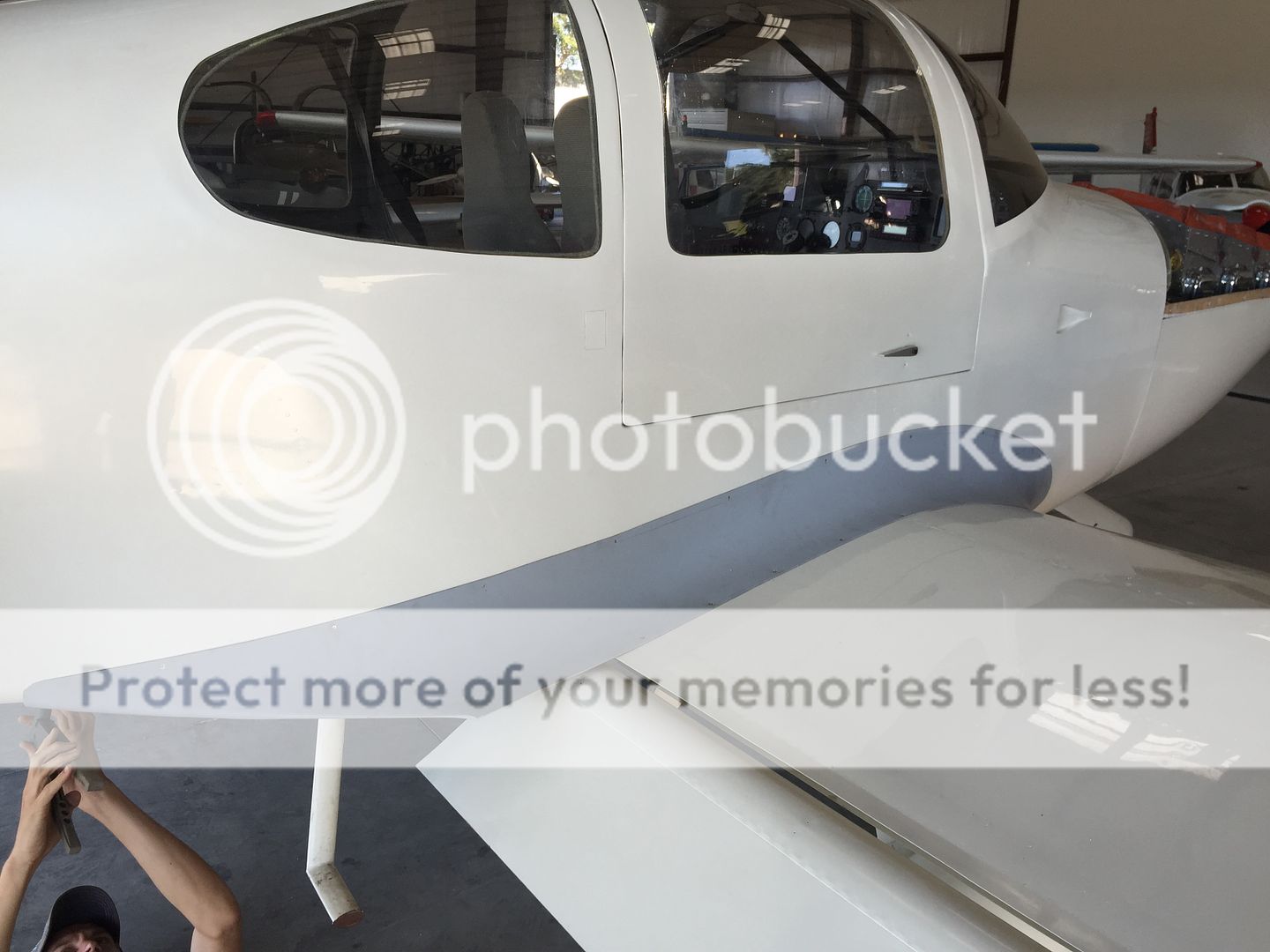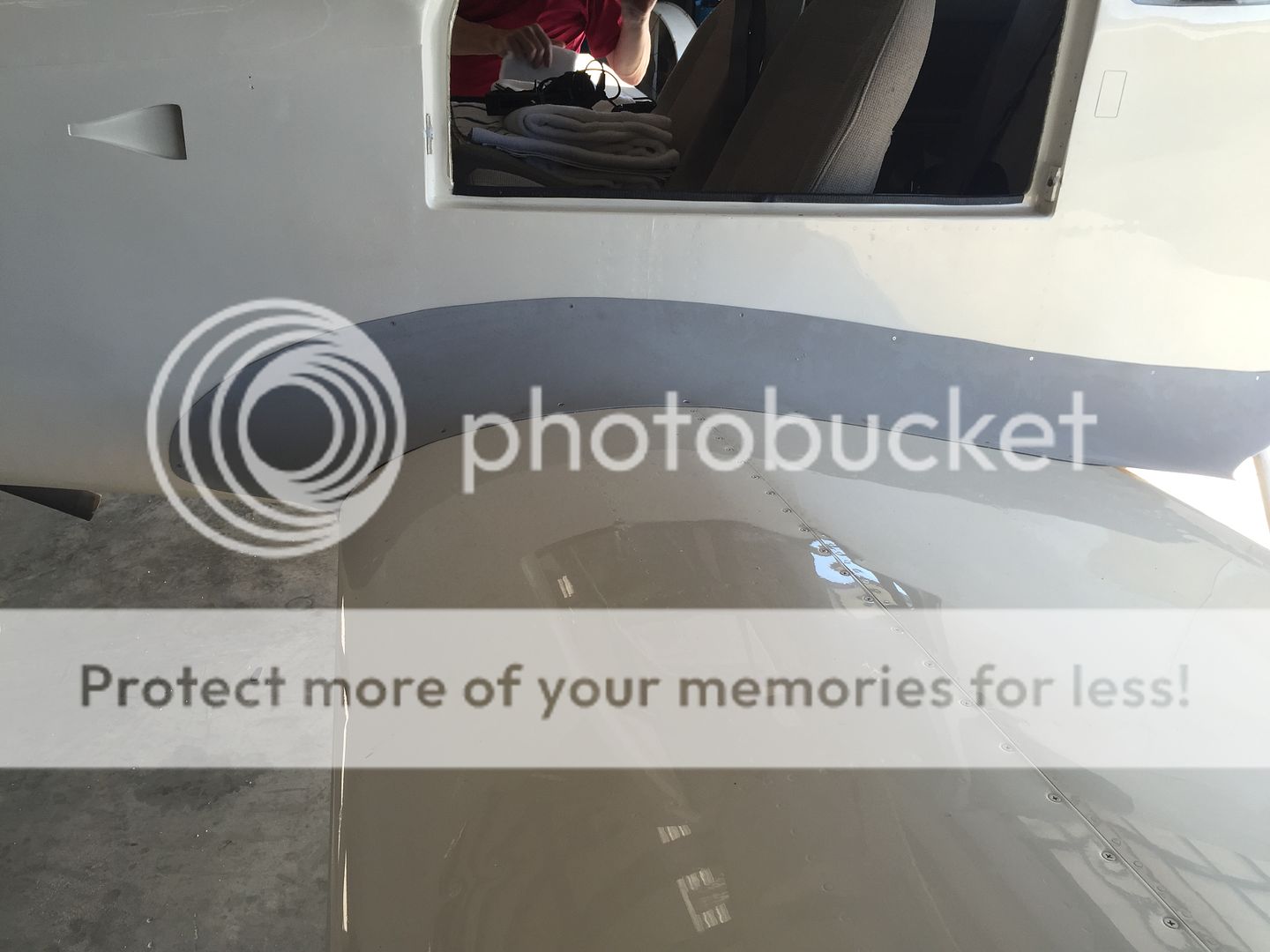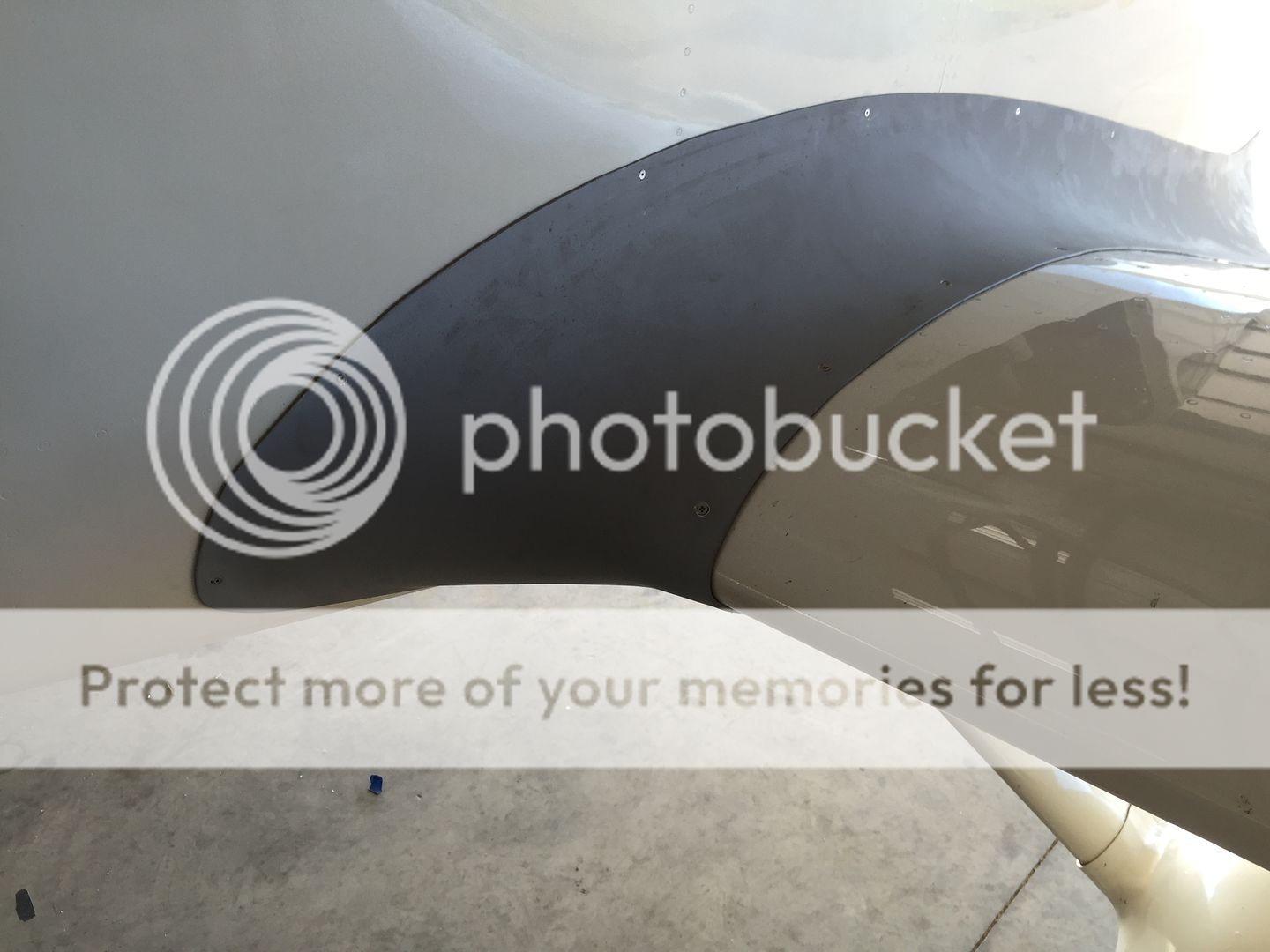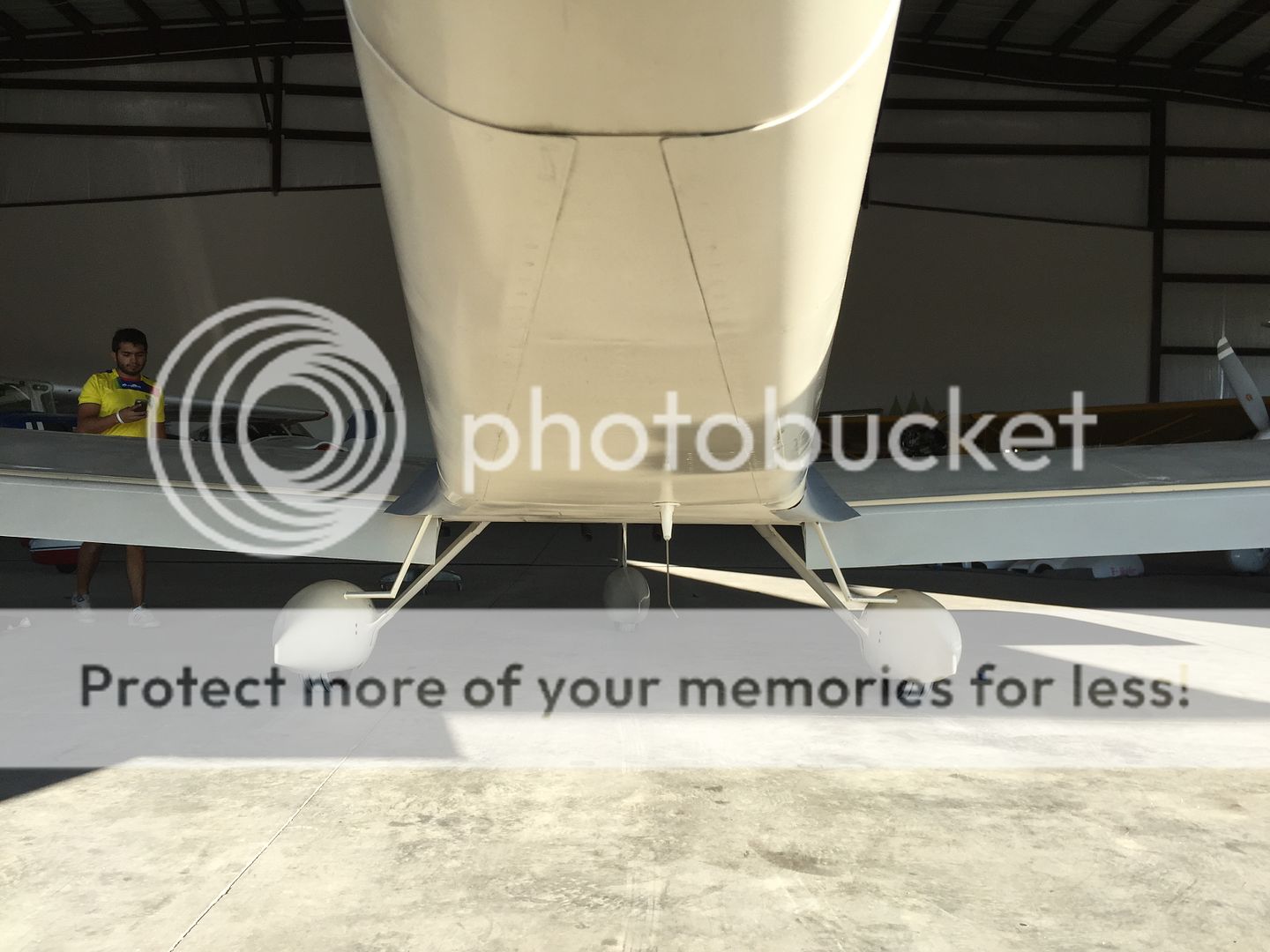Bluelabel
Well Known Member
Hi All,
I have a question about people installing wing root fairings....
I saw Greg Hale's plane at KOSH this year and was really impressed by his fairings. See Pics below, They really make the transition look amazing. I went back to his site and figured out he got them from Jesse at Saint Aviation. I also found out they are very expensive.... well made, pretty, but pricey.
The questions I have are regarding options/performance. I'm interested in the cosmetic appeal, but also know that if they are not designed right they can actually INCREASE drag. I really doubt Greg had a chance to fly his plane without and then WITH them to see if there were any differences.
I did some research into other options as well and found:
http://www.fairings-etc.com/WingRoot_6.html
He has some great smaller fairings for 6's and 7's that are priced right, but it doesn't sound like he's interested in making ones for the 10.
So, I'm thinking of fabing up my own. I'm a decent composite guy, so I should be able to pull it off. But then again, I don't want to do that work to just ruin the slip stream. In the end, I could just use one of those nice big gaskets and have it painted to match.....
Thoughts?
Thanks



I have a question about people installing wing root fairings....
I saw Greg Hale's plane at KOSH this year and was really impressed by his fairings. See Pics below, They really make the transition look amazing. I went back to his site and figured out he got them from Jesse at Saint Aviation. I also found out they are very expensive.... well made, pretty, but pricey.
The questions I have are regarding options/performance. I'm interested in the cosmetic appeal, but also know that if they are not designed right they can actually INCREASE drag. I really doubt Greg had a chance to fly his plane without and then WITH them to see if there were any differences.
I did some research into other options as well and found:
http://www.fairings-etc.com/WingRoot_6.html
He has some great smaller fairings for 6's and 7's that are priced right, but it doesn't sound like he's interested in making ones for the 10.
So, I'm thinking of fabing up my own. I'm a decent composite guy, so I should be able to pull it off. But then again, I don't want to do that work to just ruin the slip stream. In the end, I could just use one of those nice big gaskets and have it painted to match.....
Thoughts?
Thanks











